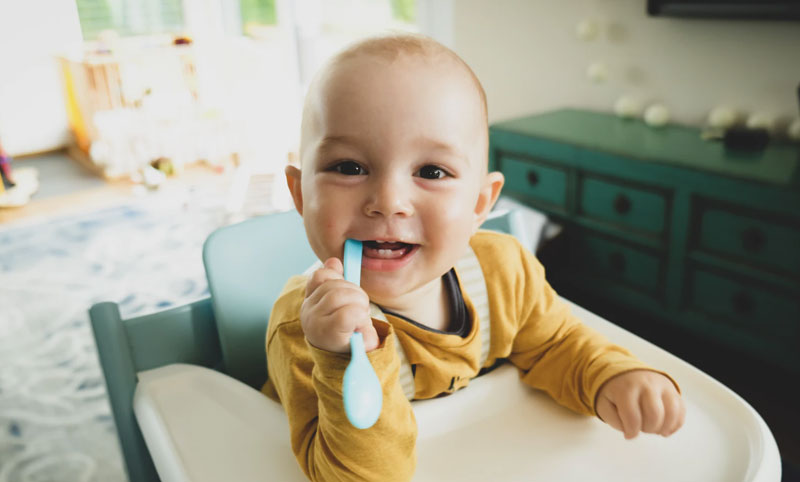
Keeping your child’s teeth healthy and bright from day one
Little toothless wonders and big gaping smiles are super cute! However, making sure you start your child’s dental hygiene routine early is very important. It ensures that you and your child get into good habits as well as keeping gums, milk teeth and adult teeth healthy and problem-free.
Already before your child gets its first teeth, it is essential to clean their gums with a damp washcloth at least twice a day. Even if your child is still only a milk monster, it is advisable to gently rub the gums down to remove any build-up of formula or breast milk.
Once your child gets their first tooth, it is time to buy a suitable baby toothbrush and some baby toothpaste. Not all children will love the experience of having their teeth brushed. Letting your child play with the toothbrush can be beneficial to get them used to having something in their mouth. Once your child is a little older, he or she may want to choose a toothbrush with a funny character on and a toothpaste that tastes delicious.
Using a fluoride toothpaste is a crucial part of good oral hygiene. Until your child is old enough to have mastered the art of spitting, use a rice grain-sized amount of toothpaste; just enough to spread the fluoride onto their teeth without them swallowing too much of it. Once your child has gotten used to spitting the excess toothpaste (usually around age 3) use a pea-sized amount of toothpaste.
When your child has more teeth, flossing is vital to remove any food that has gotten trapped. Flossing may seem like a scary thing to do, but just be gentle; once your child reaches six or seven, they will be able to do it themselves.
Brushing and flossing are critical, but there are more ways in which you can try to avoid cavities and decay. Damage caused by sugars in the food or drink depends on how much sugar goes into the mouth and how long it stays in the mouth. It is, therefore, essential to minimize the contact time any food or liquid has with the teeth. Nighttime bottles pose a problem because of liquid pooling in the mouth. Breastfeeding is different in that the child must actively suck to extract milk and is more likely to swallow quickly.
Minimizing snacking between meals is also a way to cut down on the sugar assault. We all know that the way to a child’s heart is through its sweet tooth, but replacing snacks with healthy alternatives and minimizing the amount of snacking can positively impact oral hygiene. If your child does have a nosh, offer water to drink after.
Bacteria can also be passed to your child by family members through saliva. One may think that the ten-second rule and a lick from mom saves a pacifier from needing a good wash, but in truth, you may just be transferring your oral bacteria to your child. You should also avoid sharing toothbrushes and feeding your baby with a spoon that has been in your mouth.
Instilling good hygiene habits and attending regular dental check-ups starting six months after your child’s first tooth appears will significantly reduce cases of tooth decay. Increasing the chances of a ‘happy,’ healthy, and beautiful set of teeth.
